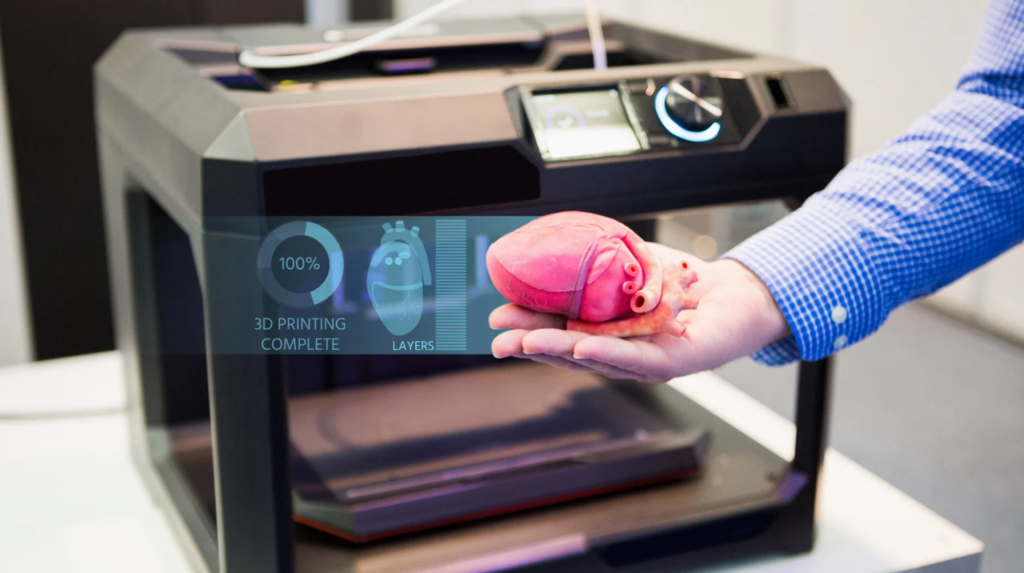Precision Surgery: Planning Complex Procedures with 3D Technology
In the high-stakes world of surgical medicine, precision isn’t just a goal—it’s a lifeline. Today, we stand at the forefront of a medical technology revolution that is transforming how surgeons approach complex procedures, turning uncertainty into scientific precision.
The Limitations of Traditional Surgical Planning
For decades, surgeons have relied on 2D imaging and static models to prepare for complex surgical interventions. While these methods have served us well, they limit a surgeon’s ability to fully comprehend the complex three-dimensional nature of human anatomy. It’s like trying to navigate a maze using a single, flat perspective—possible, but far from optimal.
The Future of Surgical Precision
While our technology represents a significant breakthrough today, it’s also a glimpse into the future of medical intervention. The global surgical navigation and robotics market is projected to reach $11.8 billion by 2026, with 3D technologies playing a pivotal role. This isn’t just an incremental improvement—it’s a fundamental transformation of surgical methodology.
Potential Impact:
- Reduced surgical complications
- Shorter operation times
- Improved patient outcomes
- Enhanced surgical training and education

More Than a Technology, A Surgical Revolution
For surgeons, this means unprecedented confidence. For patients, it translates to safer, more precise interventions. And for the medical technology ecosystem, it represents an enormous opportunity to redefine what’s possible in surgical care.
The future of surgery is three-dimensional, interactive, and incredibly precise. And that future is now.
Are you ready to transform surgical planning?
